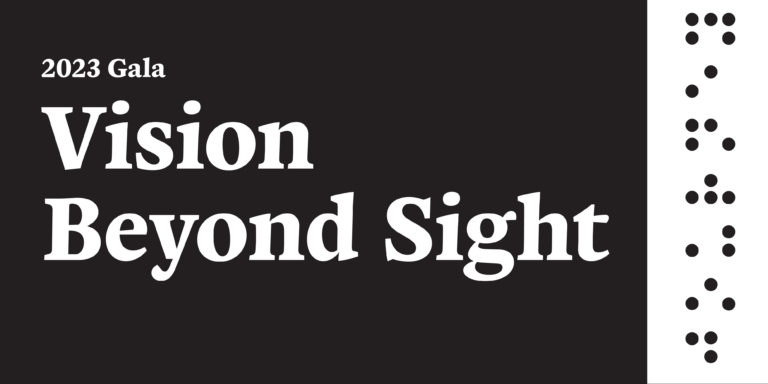July 26 marks the 30th anniversary of the Americans with Disabilities Act (ADA). While surrounded by disability advocates and policy makers, former President George H. W. Bush signed this powerful piece of civil rights legislation into a law that created more opportunities and access for the disabled. The ADA has four focal points: equality of opportunity, full participation in society, independent living and economic self-sufficiency for individuals with disabilities. The disabled struggled with full inclusion in mainstream society for many years. The ADA’s passage helped remedy this problem.
The ADA concentrates its efforts in five major areas called titles: employment, transportation, state and local government, public accommodations and telecommunications. With these titles in mind, below are eight examples of how the ADA benefits the blind and visually impaired.
1. Movie theaters must provide audio description to people with visual impairments. Theaters are required to provide closed movie captioning and audio description whenever showing a digital movie that is produced, distributed or otherwise made available with these features.
2. Websites must be made accessible to people with visual impairments. Many people argue that the ADA does not specifically address the Internet because it was written before the common use of websites and apps. However, the World Wide Web is considered a public accommodation and is covered by this law. A recent lawsuit against Domino’s Pizza demonstrates this point. Be sure that your website goes through accessibility testing.
3. College students with visual impairments must receive accommodations while attending classes. These include textbooks in alternative formats, adaptive technology or extra time to take exams.
4. Banks and other financial institutions must provide accessible ATMs. Interior and exterior ATM’s must have speech output, braille and function keys that are easy to navigate. Accessibility testing ATMs, including those with speech and those that are within reach of people who use wheelchairs, must be able to perform the same functions as other ATM’s at that location. Also, banks must provide accessible statements, large print checks and other printed documents in an alternative format. Websites and mobile apps should also be accessible.
5. Blind and visually impaired voters must receive accommodations when casting their ballot in a governmental election. State and local governments must assist a blind person, whether it is to offer an absentee ballot, read voting information and/or have an accessible voting machine.
6. When traveling on a public bus or train, the driver must call out stops for a visually impaired person. All public transportation systems are required to call out major stops along the route. Telephones, drinking fountains and restrooms inside the terminal should be accessible.
7. A person with a guide dog can’t be denied entry into restaurants, offices, hotels or other places of business because of their guide dog. Public places must allow a guide dog or service animal to enter their establishment. They can’t ask for documentation or use allergies or fear of dogs as a rationalization for lack of access.
8. Employees who are blind and visually impaired must receive workplace accommodations. That could be adaptive technology, modified training or a flexible work schedule. Additionally, the company’s website, portals, message boards or other forms of communication must be accessible.
All of these examples show the positive impact the ADA has made in the lives of visually impaired people during the last 30 years. This law has changed life for people who are visually impaired but there is still a lot of work to be done in our community.
This year on July 26, take stock of what accessibility testing projects you want to see in society as we continue to celebrate the ADA.



